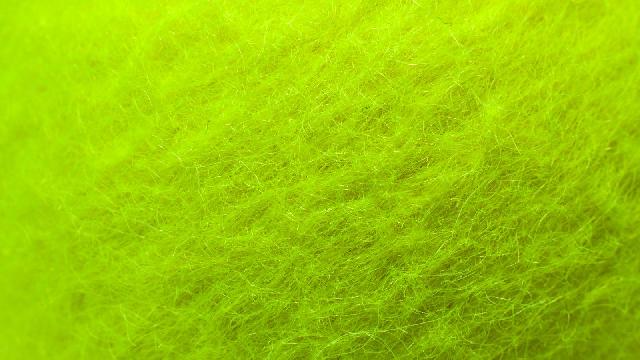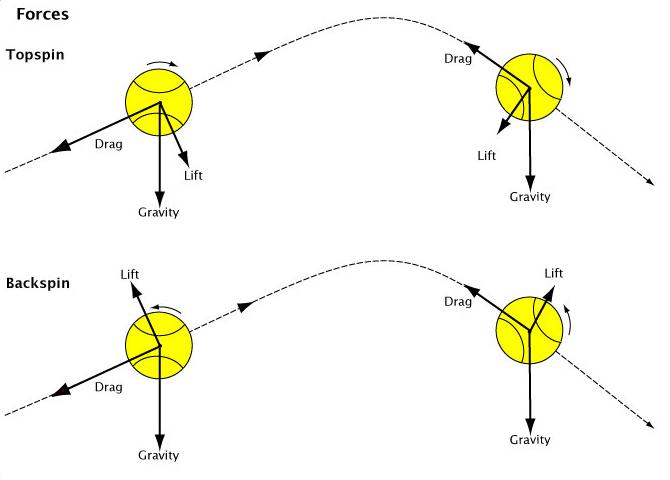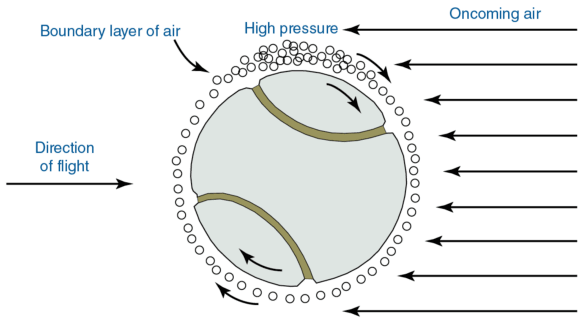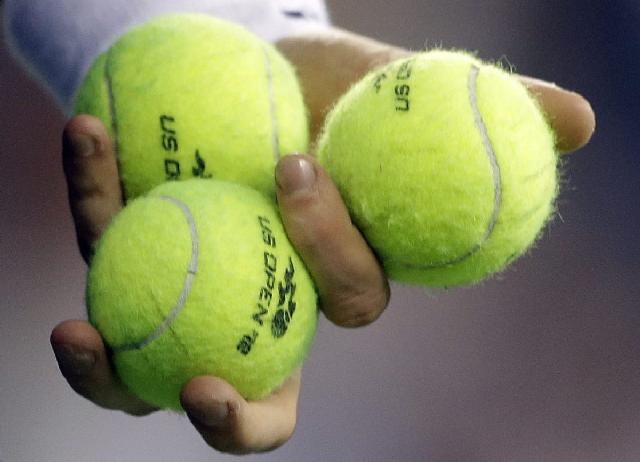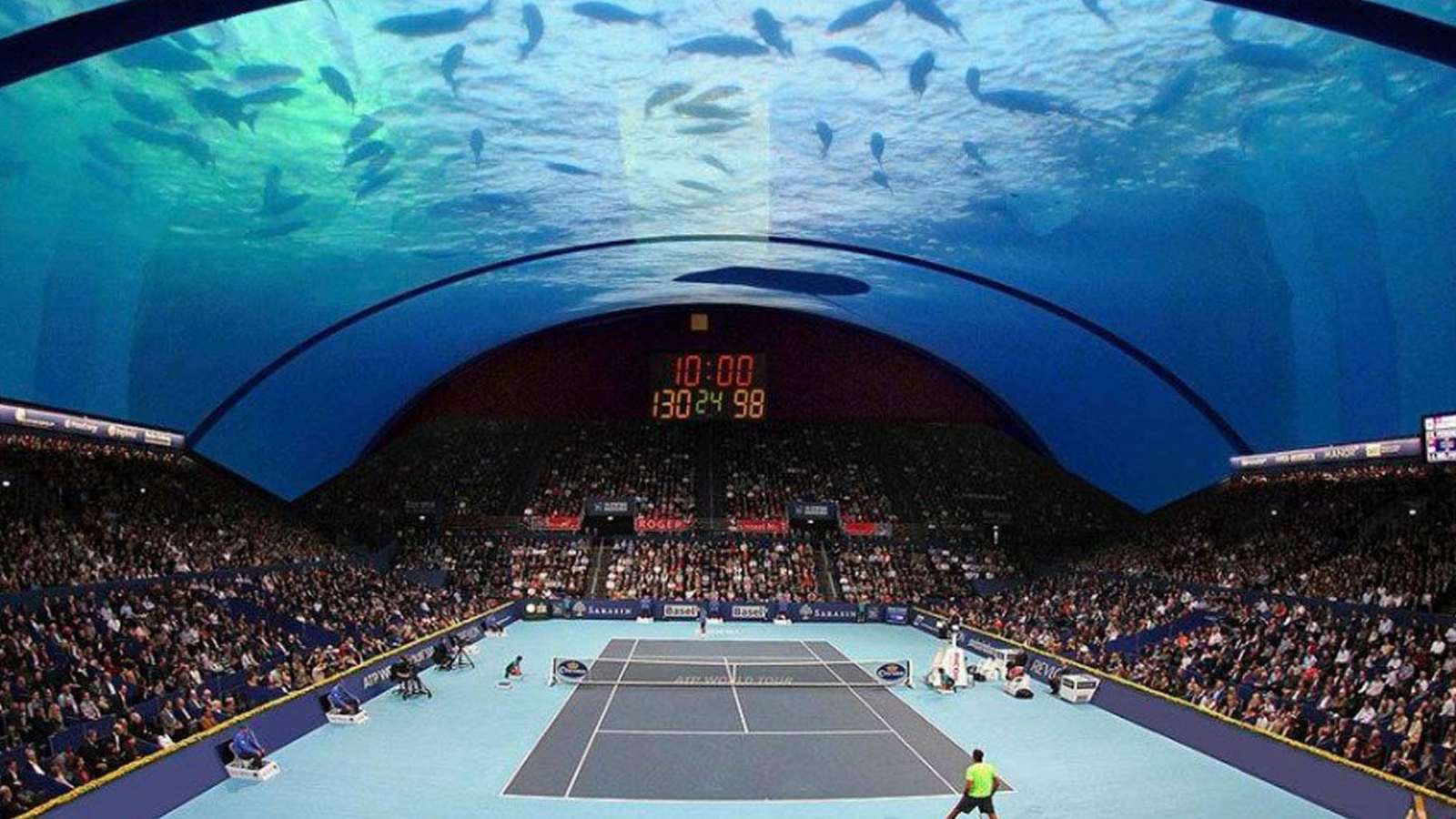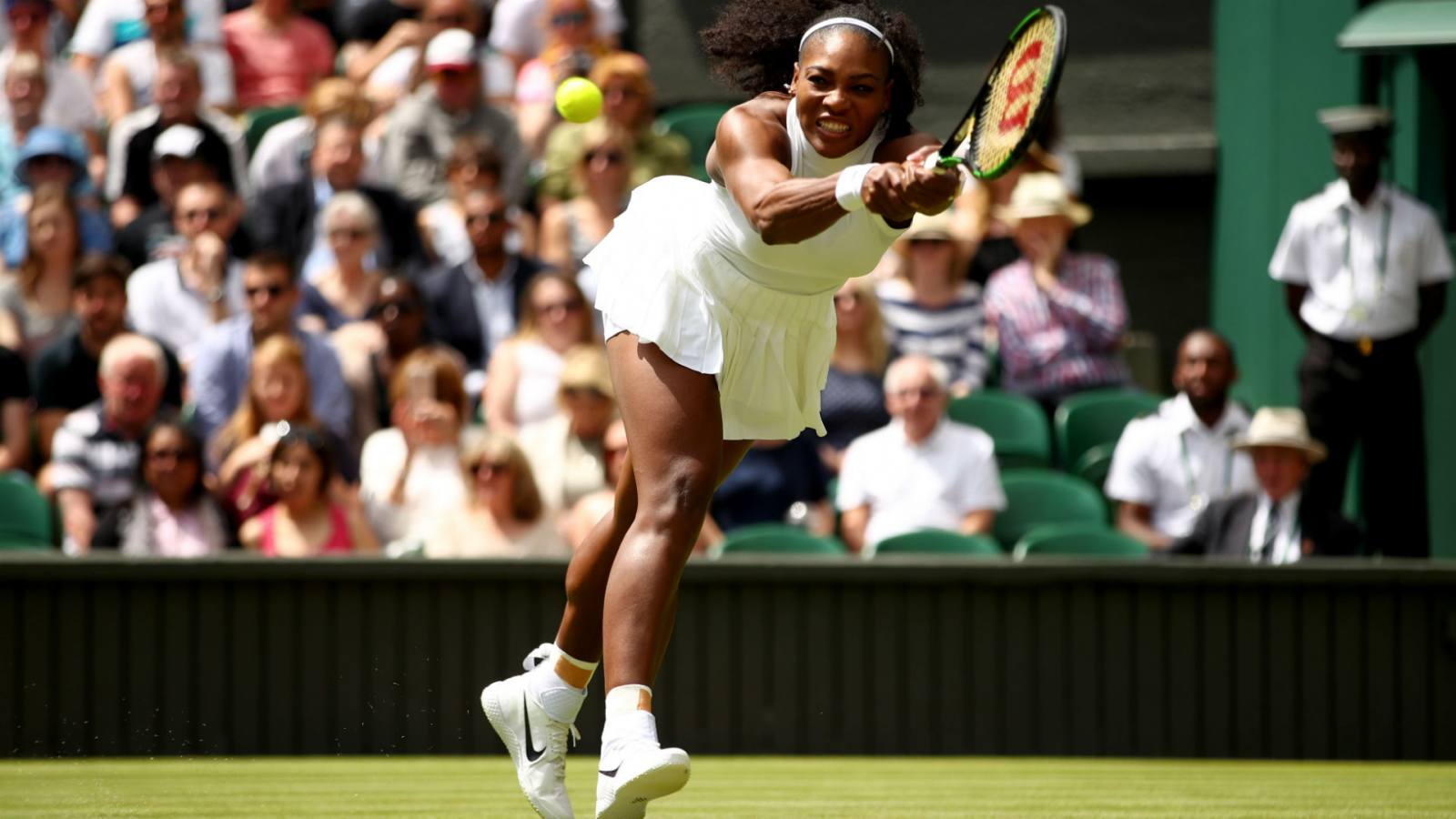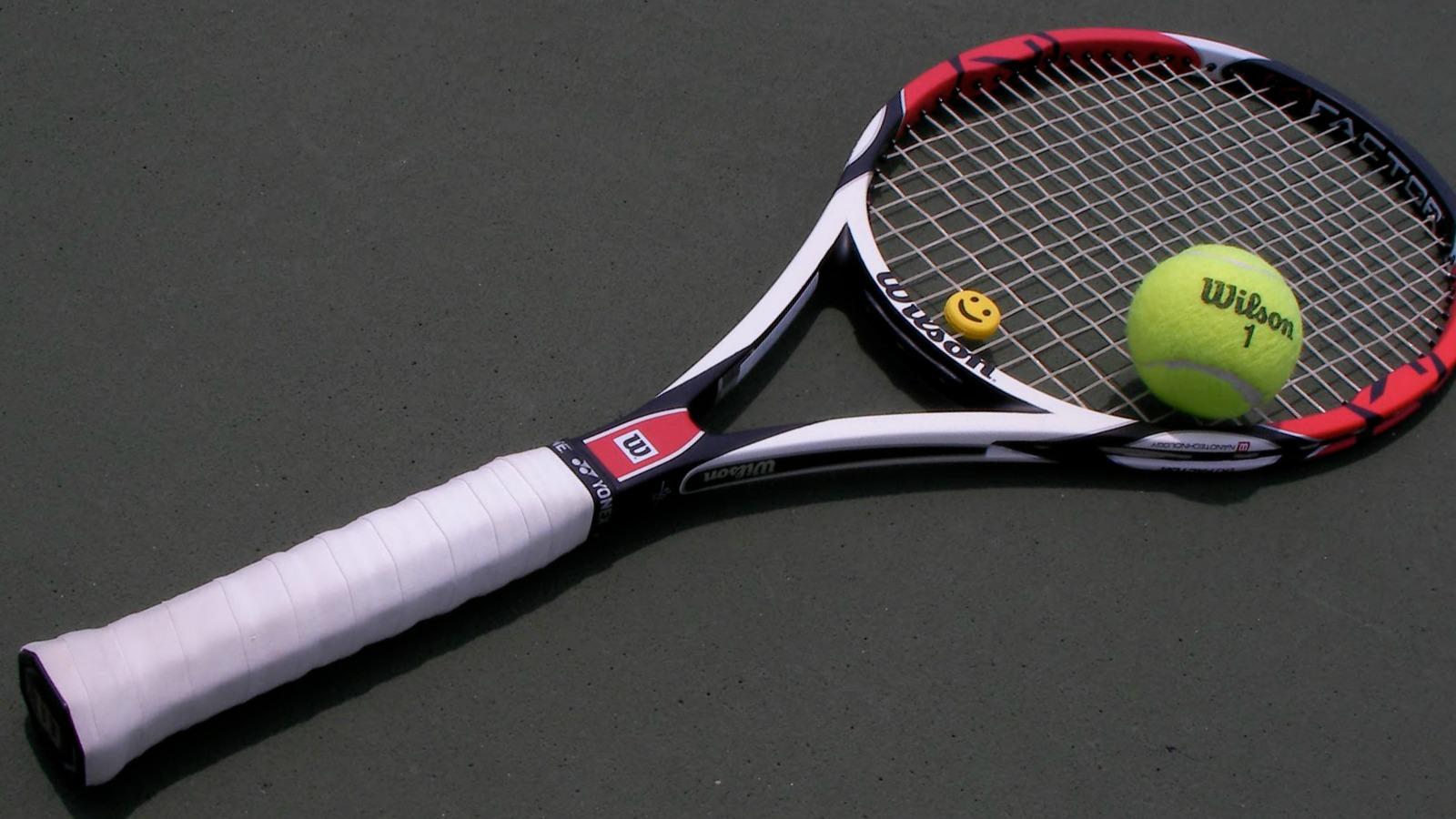Lift: There is another aerodynamic force acting between the felt (fuzz) and the air that depends on the speed, spin imparted to the ball and the fuzz on it. This is called lift (Don’t let the word lift make you believe that it acts upwards – it may act upwards or downwards depending on the spin on the ball).
Topspin: When the ball is imparted a topspin – the top surface is moving against the air flow (high resistance) while the bottom surface is moving with the air. High pressure is created by air near the top surface that tend to push the ball down. This is witnessed as a dip in ball trajectory as compared to its trajectory without any spin. Players use this dip in lobs and passing shots when the opponent is near the net.
Backspin: When the ball is imparted a backspin, the reverse happens – the top surface is moving with the airflow while the bottom surface is moving against it (high resistance). High pressure is created at the bottom that tends to push the ball upwards. That’s why the ball appears to float / hang / glide in the air longer than usual when players slice the ball. The higher the spin the more exaggerated is the effect of lift.
A lot more can be read about this here for the technically inclined.

